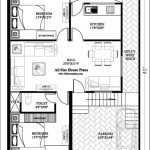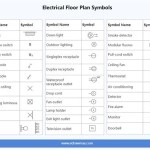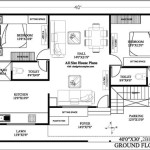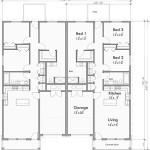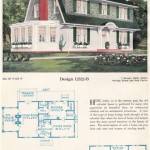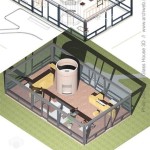Bat Houses Plans: Attracting Beneficial Bats to Your Yard
Bat houses, also known as bat boxes, are artificial shelters designed to attract bats to a specific location. They are primarily used to encourage bat populations in areas where natural roosting sites are limited, such as urban areas or landscapes undergoing development. Bats play a crucial role in maintaining a healthy ecosystem, serving as natural pest control and pollinators. By providing them with suitable housing, homeowners can reap the benefits of having these beneficial creatures in their yards.
Understanding Bat Housing Needs
Before embarking on constructing a bat house, it's essential to understand the basic needs of bats. Bats prefer to roost in dark, enclosed spaces with a narrow entrance, mimicking their natural habitat. They also require adequate ventilation and protection from predators and the elements. By incorporating these features into bat house plans, you can create an attractive and safe haven for bats.
Key Components of a Bat House
A typical bat house consists of several key components that ensure its effectiveness:
1. Material Selection
Bat houses can be constructed using various materials, including untreated wood, cedar, or plywood. The choice of material depends on factors like budget, aesthetic preference, and longevity. It's crucial to avoid pressure-treated wood, as the chemicals can be harmful to bats.
2. Size and Dimensions
The size and dimensions of a bat house are crucial for attracting bats. The ideal size varies depending on the species of bats in your area. Generally, a house with a width of 12-18 inches and a height of 10-14 inches is suitable for most bat species.
3. Roof Design
The roof should be sloped and overhang the entrance to provide protection from rain and direct sunlight. A simple gable roof or a shed roof design works well. Ensure that the roof is securely attached to the house to prevent leaks or collapse.
4. Ventilation
Adequate ventilation is essential for preventing the buildup of moisture and heat inside the house. This can be achieved by installing air vents or by leaving small gaps in the back or sides of the house.
5. Entrance
The entrance to the bat house should be narrow, typically 1-2 inches wide, and located at the bottom of the house. This design discourages predators from entering while providing a safe passage for bats. The entrance should face south or east, allowing direct sunlight in the morning.
Placement and Maintenance
The placement of a bat house significantly affects its attractiveness to bats.
1. Location Selection
Choose a location that is exposed to direct sunlight, preferably in the morning and afternoon. Bats prefer locations that are at least 10-15 feet above ground, away from trees and shrubs that might provide shelter for predators. Avoid placing the house near sources of light, noise, or activity, as these can disturb the bats.
2. Orientation
Orient the bat house so that the entrance faces south or east, allowing sunlight to penetrate the interior. This helps to create a warm and inviting environment for bats.
3. Maintenance
Regular maintenance is crucial to ensure the longevity and effectiveness of your bat house. Inspect the house annually for signs of damage or decay. Clean any accumulated debris or droppings to maintain a hygienic environment for bats.

Bat House Plans Bird

Bat Houses Mass Gov
Bat House Plan

Bat Houses

Bathouse

How To Build A Bat House Lee Valley Tools

Diy Bat House The Craftsman Blog

Bat Houses Denman Conservancy Association

How To Build A Bat Box The Wildlife Trusts

Build Your Own Bat House

